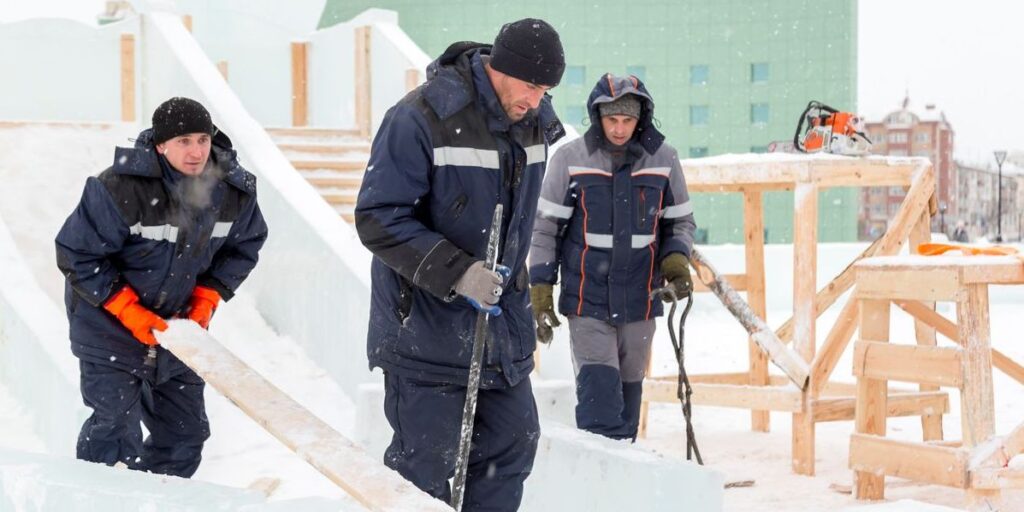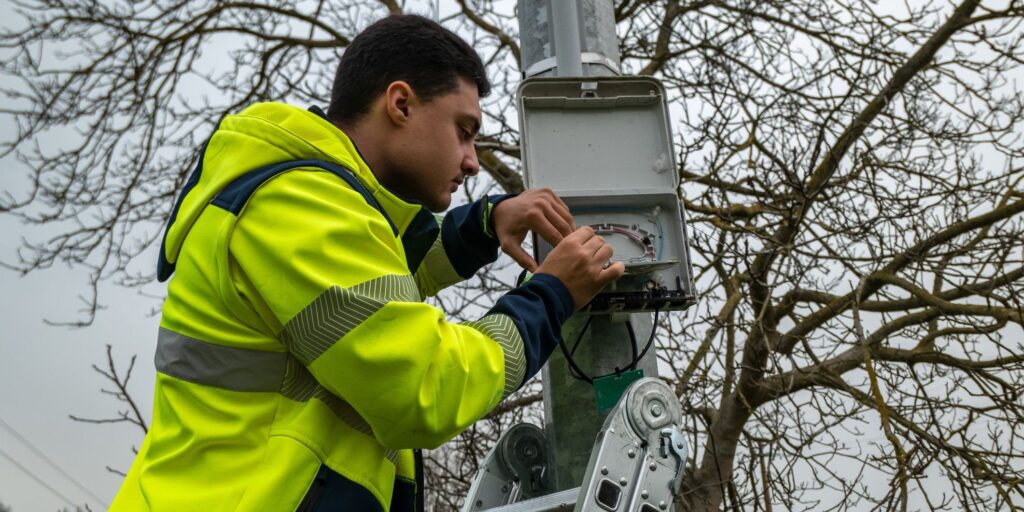As the last of the autumn leaves fall, every manager in New England knows what’s next. The conversation shifts from fall cleanup to winter preparedness. Keeping a crew safe, warm, and productive during a harsh winter isn’t just about toughness; it’s about having the right equipment. And the single most important piece of that equipment is a high-quality winter work jacket. But with so many options and technical terms out there, choosing the right one can feel overwhelming. This guide will break down the key features you need to understand to make an informed decision and properly equip your team for the cold months ahead.
Understanding Insulation
The core job of a winter jacket is to keep the wearer warm. This is achieved through insulation, which traps body heat to create a warm air layer. However, not all insulation is the same.
Modern Synthetics
While traditional materials like down and fleece have their place, the demanding environments of industrial, automotive, and maintenance work call for advanced synthetic insulation. A bulky jacket can be a safety hazard around machinery, so a streamlined, well-insulated winter work jacket is always the better choice.
Waterproof vs Water Resistant
This is one of the most important distinctions in outerwear, especially for crews who can’t just go inside when the weather turns. A misunderstanding here can lead to a cold, wet, and miserable team.
Water Resistant
A water-resistant jacket has a tightly woven fabric and is often treated with a coating that causes water to bead up and roll off. This is perfectly fine for light rain or a brief snow flurry. However, in a sustained downpour or when working with wet snow, water will eventually soak through.
Waterproof
A truly waterproof jacket is a much more advanced piece of gear. As detailed by outdoor gear experts like
Built to Last Durability and Construction
Your team’s outerwear needs to be as tough as their job. A standard consumer jacket will quickly fall apart under the daily grind of an industrial or maintenance environment. When evaluating a winter work jacket in New England, look for specific features that indicate it’s built for durability.
- Durable Shell Fabrics: Look for jackets made with tough materials like duck canvas or ripstop nylon. Ripstop fabrics have a special weave with reinforced threads that prevent small tears from spreading into large rips, dramatically extending the life of the garment.
- Reinforced Seams and Stress Points: The highest quality work jackets will have reinforced stitching, especially around the shoulders, elbows, and pocket seams where the most stress occurs.
A well-constructed jacket from our
Don’t Forget Safety High Visibility Features
As we’ve discussed, the late fall and winter bring shorter days and often poor visibility. A warm jacket that isn’t visible is only doing half its job. For any crew working near moving vehicles or equipment, an ANSI-compliant high-visibility winter work jacket is essential. These jackets combine all the features we’ve talked about, warmth, weatherproofing, and durability, with the added life-saving protection of fluorescent background material and retroreflective stripes.
Managing the lifecycle and cleanliness of this technical gear can be a challenge. That’s why a
Choosing the right outerwear is a critical decision that impacts your team’s safety, comfort, and productivity all winter long. By understanding these key features, you can move beyond the price tag and make a true investment in your crew’s well-being.
Ready to equip your team with the best gear for the winter? Contact New England Uniform today for a free consultation and let our experts help you choose the perfect outerwear for your needs.



